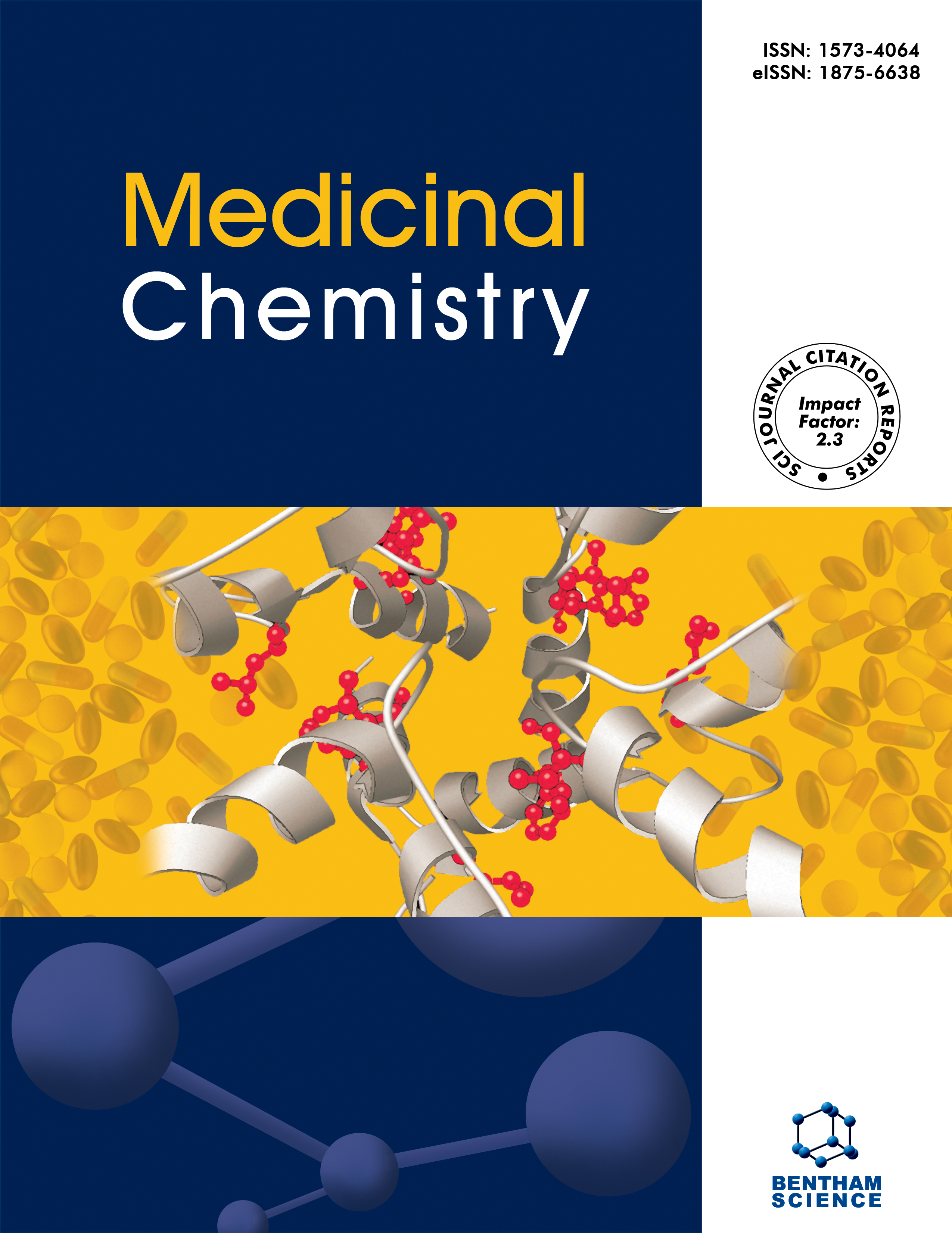
Full text loading...
Alternative and complementary applications of newly synthesized chemicals have enhanced the prospect of finding curative treatments for hepatocarcinogenesis and pancreatic cancer.
The current study investigated the curative effect of the newly synthesized drug 4-methyl-N-((4-(trifluoromethoxy) phenyl) carbamoyl) benzenesulfonamide (3) against diethyl nitrosamine (DEN) (50 mg/kg) and carbon tetrachloride (CCl4) (2 mg/kg)-induced hepatocellular carcinoma (HCC) and pancreatic cancer in male rats using doxorubicin as a reference drug.
The findings demonstrated that the DEN/CCl4 treatment produced oxidative stress, as evidenced by an increase in MDA and a reduction in GSH levels. A temporary decline in antioxidant and total antioxidant capacity (TAC) was detected. An increase in the levels of TNF-α and other inflammatory markers, interleukin-6 (IL-6) and B-cell lymphoma 2 (Bcl-2), was found. Our findings showed that the liver and pancreas had significantly higher levels of hepatocellular carcinoma biomarkers, namely α-fetoprotein and α-L-Fucosidase (α-FU). Changes in the biomarkers of hepatic function were also seen, with elevated levels of γ-glutamyltransferase (GGT), alkaline phosphatase (ALP), and transaminases (AST, ALT). Our findings were supported by immuno-histochemical and pathological examinations, which revealed considerable improvement in liver and pancreatic tissues after treatment with medication 3 when compared to normal healthy rats.
The new synthetic medication 3 could be an effective chemotherapeutic method for treating DEN and CCl4-induced HCC and pancreatic cancer.

Article metrics loading...

Full text loading...
References


Data & Media loading...

